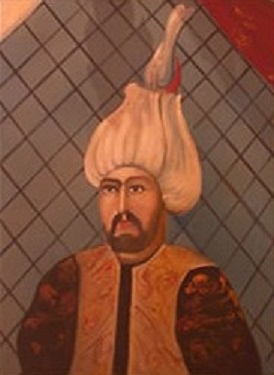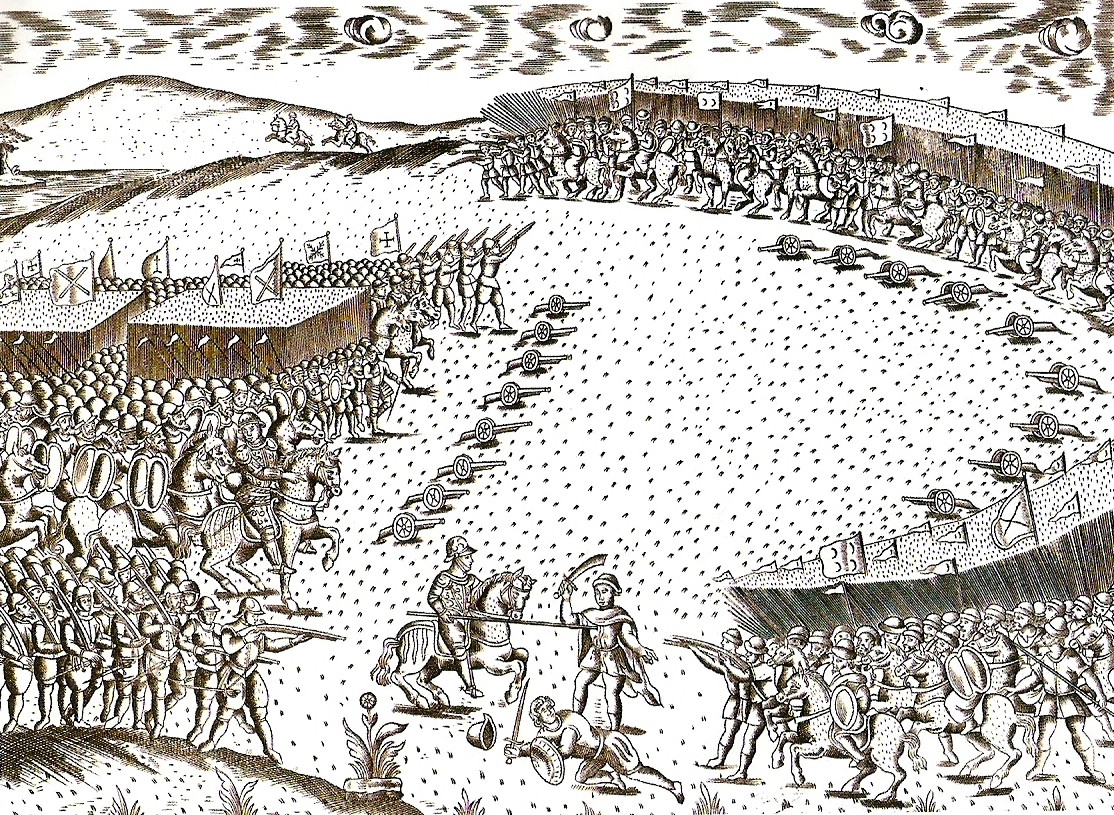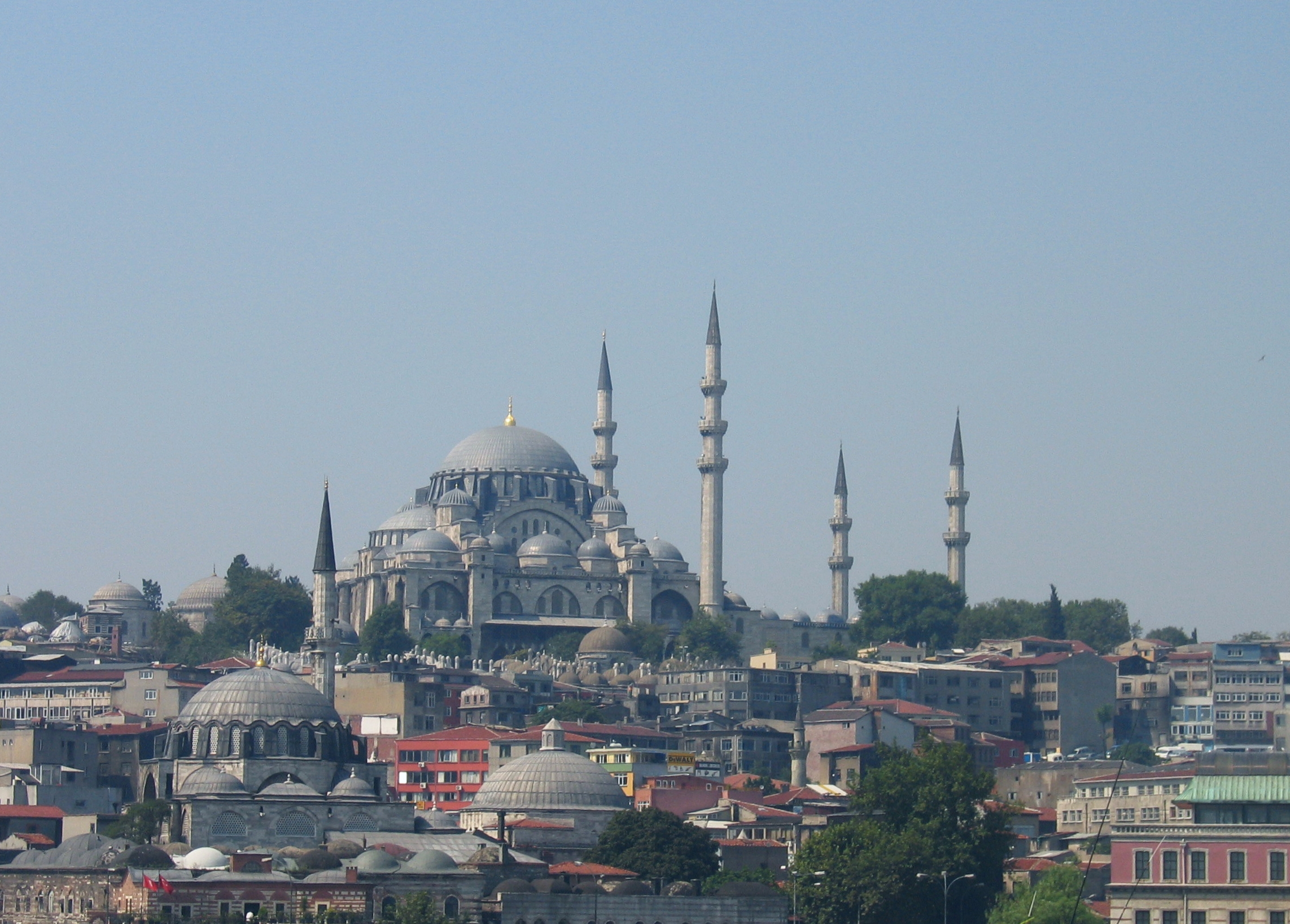|
Sokollu Mehmed Pasha Mosque, Azapkapı
The Sokollu Mehmed Pasha Mosque () is a 16th-century Ottoman mosque located in Istanbul, Turkey. The mosque is situated in Azapkapı neighborhood of Beyoğlu district in Istanbul. It is directly beside the Atatürk Bridge across the Golden Horn, but there was no bridge here at the time the mosque was built. It was designed by Ottoman imperial architect Mimar Sinan (c. 1488/1490-1588) and built for the grand vizier Sokollu Mehmed Pasha (in office 1565–1579) in 1578. It is one of the three mosques with the same name built by Mimar Sinan in Istanbul. See also * List of Friday mosques designed by Mimar Sinan * List of mosques in Istanbul Istanbul, as the capital of the Ottoman Empire since 1453 and the largest city in the Middle East, contains a great number of mosques. In 2007, there were 2,944 active mosques in Istanbul. Byzantine buildings These Byzantine structures were con ... References Gallery File:SokolluMehmetPaşaCamii2021.jpg, Sokollu Mehmet Pasha Mosque Azapk ... [...More Info...] [...Related Items...] OR: [Wikipedia] [Google] [Baidu] |
Istanbul
Istanbul is the List of largest cities and towns in Turkey, largest city in Turkey, constituting the country's economic, cultural, and historical heart. With Demographics of Istanbul, a population over , it is home to 18% of the Demographics of Turkey, population of Turkey. Istanbul is among the List of European cities by population within city limits, largest cities in Europe and List of cities proper by population, in the world by population. It is a city on two continents; about two-thirds of its population live in Europe and the rest in Asia. Istanbul straddles the Bosphorus—one of the world's busiest waterways—in northwestern Turkey, between the Sea of Marmara and the Black Sea. Its area of is coterminous with Istanbul Province. Istanbul's climate is Mediterranean climate, Mediterranean. The city now known as Istanbul developed to become one of the most significant cities in history. Byzantium was founded on the Sarayburnu promontory by Greek colonisation, Greek col ... [...More Info...] [...Related Items...] OR: [Wikipedia] [Google] [Baidu] |
Sokollu Mehmed Pasha
Sokollu Mehmed Pasha (; ; ; 1505 – 11 October 1579) was an Ottoman statesman of Serb origin most notable for being the Grand Vizier of the Ottoman Empire. Born in Ottoman Herzegovina into an Orthodox Christian family, Mehmed was recruited as a young boy as part of so called "blood tax" to serve as a janissary to the Ottoman devşirme system of recruiting Christian boys to be raised as officers or administrators for the state. He rose through the ranks of the Ottoman imperial system, eventually holding positions as commander of the imperial guard (1543–1546), High Admiral of the Fleet (1546–1551), Governor-General of Rumelia (1551–1555), Third Vizier (1555–1561), Second Vizier (1561–1565), and as Grand Vizier (1565–1579, for a total of 14 years, three months, 17 days) under three sultans: Suleiman the Magnificent, Selim II, and Murad III.Imamović, Mustafa (1996). Historija Bošnjaka. Sarajevo: BZK Preporod. He was assassinated in 1579, ending his near 15-years ... [...More Info...] [...Related Items...] OR: [Wikipedia] [Google] [Baidu] |
1578 Establishments In The Ottoman Empire
__NOTOC__ 1578 (Roman numerals, MDLXXVIII) was a common year starting on Wednesday in the Julian calendar. Events January–March * January 13 – The Siege of Gvozdansko ends in the Kingdom of Croatia (Habsburg), Kingdom of Croatia as Ottoman Empire troops led by Ferhad Pasha Sokolović capture the fortress at Gvozdansko. * January 31 – Battle of Gembloux (1578), Battle of Gembloux: Spanish forces under John of Austria, Don John of Austria and Alexander Farnese, Duke of Parma, Alexander Farnese defeat the Dutch; Farnese begins to recover control of the French-speaking Southern Netherlands. * February 6 – Pope Gregory XIII issues the papal bull ''Illius fulti praesidio'' and creates the Roman Catholic Archdiocese of Manila, Diocese of Manila, the first Roman Catholic diocese in the Philippines, with Domingo de Salazar as the first Bishop of Manila. The diocese will be raised to the status of archdiocese on August 14, 1595. * February 8 – The city c ... [...More Info...] [...Related Items...] OR: [Wikipedia] [Google] [Baidu] |
Ottoman Mosques In Istanbul
Ottoman may refer to: * Osman I, historically known in English as "Ottoman I", founder of the Ottoman Empire * Osman II, historically known in English as "Ottoman II" * Ottoman Empire 1299–1922 ** Ottoman dynasty, ruling family of the Ottoman Empire *** Osmanoğlu family, modern members of the family * Ottoman Caliphate 1517–1924 * Ottoman Turks, a Turkic ethnic group * Ottoman architecture * Ottoman bed, a type of storage bed * Ottoman (furniture), padded stool or footstool * Ottoman (textile), fabric with a pronounced ribbed or corded effect, often made of silk or a mixture See also * Ottoman Turkish (other) * Osman (other) * Usman (other) * Uthman (name) Uthman (), also spelled Othman, is a male Arabic name#Ism, Arabic given name with the literal meaning of a young bustard, Snake, serpent, or dragon. It is popular as a male given name among Muslims. It is also transliterated as Osman (name), Osma ..., the male Arabic given name from which the n ... [...More Info...] [...Related Items...] OR: [Wikipedia] [Google] [Baidu] |
Mimar Sinan Buildings )
{{dab ...
Mimar () is an Arabic word for an architect. In English, it may refer to: * A title used for Iranian architects * An honorific title in the Ottoman Empire (cf. Mimar Sinan Mimar Sinan (; , ; – 17 July 1588) also known as Koca Mi'mâr Sinân Âğâ, ("Sinan Agha (title), Agha the Grand Architect" or "Grand Sinan") was the chief Ottoman Empire, Ottoman architect, engineer and mathematician for sultans Suleiman ... [...More Info...] [...Related Items...] OR: [Wikipedia] [Google] [Baidu] |
Religious Buildings And Structures Completed In 1578
Religion is a range of social-cultural systems, including designated behaviors and practices, morals, beliefs, worldviews, texts, sanctified places, prophecies, ethics, or organizations, that generally relate humanity to supernatural, transcendental, and spiritual elements—although there is no scholarly consensus over what precisely constitutes a religion. It is an essentially contested concept. Different religions may or may not contain various elements ranging from the divine, sacredness, faith,Tillich, P. (1957) ''Dynamics of faith''. Harper Perennial; (p. 1). and a supernatural being or beings. The origin of religious belief is an open question, with possible explanations including awareness of individual death, a sense of community, and dreams. Religions have sacred histories, narratives, and mythologies, preserved in oral traditions, sacred texts, symbols, and holy places, that may attempt to explain the origin of life, the universe, and other phenomena. Religious pra ... [...More Info...] [...Related Items...] OR: [Wikipedia] [Google] [Baidu] |
List Of Mosques In Istanbul
Istanbul, as the capital of the Ottoman Empire since 1453 and the largest city in the Middle East, contains a great number of mosques. In 2007, there were 2,944 active mosques in Istanbul. Byzantine buildings These Byzantine structures were converted to mosques by the Ottomans. *Arap Mosque *Atik Mustafa Pasha Mosque *Bodrum Mosque *Eski Imaret Mosque *Fenari Isa Mosque *Hirami Ahmet Pasha Mosque *Gül Mosque *Hagia Sophia * Chora Church now Kariye Mosque. *Kalenderhane Mosque *Kasım Agha Mosque *Kefeli Mosque *Koca Mustafa Pasha Mosque *Little Hagia Sophia *Pammakaristos Church *Sancaktar Hayrettin Mosque *Vefa Kilise Mosque *Zeyrek Mosque Ottoman mosques *Eyüp Sultan Mosque, 1458 *Mahmut Pasha Mosque, Eminönü, 1463 *Fatih Mosque, 1470 *Murat Pasha Mosque, Aksaray, 1471 *Rum Mehmed Pasha Mosque, 1471 *Firuz Ağa Mosque, 1491 *Handan Agha Mosque, 15th century *Bayezid II Mosque, Istanbul, Bayezid II Mosque, 1506 *Yavuz Selim Mosque, 1527/28 *Piri Mehmed Pasha Mosque ... [...More Info...] [...Related Items...] OR: [Wikipedia] [Google] [Baidu] |
List Of Friday Mosques Designed By Mimar Sinan
This is a list of the Friday mosques for which the Ottoman architect Mimar Sinan claimed responsibility in his autobiographies. Of the 77 mosques in the list, 39 are in Istanbul. Background Mimar Sinan was appointed to the post of chief Ottoman architect by the grand vizier Ayas Mehmed Pasha in 1539. Sinan occupied the position until his death in 1588 and served under three sultans: Süleyman I (ruled 1520–66), Selim II (ruled 1566–74) and Murad III (ruled 1574–95). In his autobiography ''Biographical Memoir of Construction'' (''Teẕkiretü’l-bünyān''), Sinan claimed to have designed 698 building including 80 Friday mosques and more than 400 smaller community mosques (''masjids''). In reality he led a team of royal architects and the buildings would have been collective works. Sinan himself would have been occupied with the large building projects undertaken for the sultan. These were the Şehzade Mosque (1543–48), the Süleymaniye Mosque (1548–59), the Kirk� ... [...More Info...] [...Related Items...] OR: [Wikipedia] [Google] [Baidu] |
Grand Vizier Of The Ottoman Empire
The grand vizier of the Ottoman Empire ( or ''Sadr-ı Azam'' (''Sadrazam''); Ottoman Turkish language, Ottoman Turkish: or ) was the ''de facto'' prime minister of the Sultan of the Ottoman Empire, sultan in the Ottoman Empire, with the absolute power of attorney and, in principle, removable only by the Sultan of the Ottoman Empire, sultan himself in the classical period, before the Tanzimat Fermanı, Tanzimat reforms, or until the Second Constitutional Era, 1908 Revolution. He held the imperial seal and could summon all other viziers to attend to affairs of the state in the Imperial Council (Ottoman Empire), Imperial Council; the viziers in conference were called "''kubbe'' viziers" in reference to their meeting place, the ''Kubbealtı'' ('under-the-dome') in Topkapı Palace. His offices were located at the Sublime Porte. History During the emerging phases of the Ottoman state, "vizier" was the only title used. The first of these Ottoman viziers who was titled "grand vizier" was ... [...More Info...] [...Related Items...] OR: [Wikipedia] [Google] [Baidu] |
Sunni Islam
Sunni Islam is the largest Islamic schools and branches, branch of Islam and the largest religious denomination in the world. It holds that Muhammad did not appoint any Succession to Muhammad, successor and that his closest companion Abu Bakr () rightfully succeeded him as the caliph of the Muslim community, being appointed at the meeting of Saqifa. This contrasts with the Succession of ʿAlī (Shia Islam), Shia view, which holds that Muhammad appointed Ali, Ali ibn Abi Talib () as his successor. Nevertheless, Sunnis revere Ali, along with Abu Bakr, Umar () and Uthman () as 'Rashidun, rightly-guided caliphs'. The term means those who observe the , the practices of Muhammad. The Quran, together with hadith (especially the Six Books) and (scholarly consensus), form the basis of all Fiqh, traditional jurisprudence within Sunni Islam. Sharia legal rulings are derived from these basic sources, in conjunction with Istislah, consideration of Maslaha, public welfare and Istihsan, jur ... [...More Info...] [...Related Items...] OR: [Wikipedia] [Google] [Baidu] |
Ottoman Architecture
Ottoman architecture is an architectural style or tradition that developed under the Ottoman Empire over a long period, undergoing some significant changes during its history. It first emerged in northwestern Anatolia in the late 13th century and developed from earlier Anatolian Seljuk architecture, Seljuk Turkish architecture, with influences from Byzantine architecture, Byzantine and Iranian architecture, Iranian architecture along with other architectural traditions in the Middle East. Early Ottoman architecture experimented with multiple building types over the course of the 13th to 15th centuries, progressively evolving into the Classical Ottoman architecture, classical Ottoman style of the 16th and 17th centuries. This style was a mixture of native Turkish tradition and influences from the Hagia Sophia, resulting in monumental mosque buildings focused around a high central dome with a varying number of semi-domes. The most important architect of the classical period is Mimar ... [...More Info...] [...Related Items...] OR: [Wikipedia] [Google] [Baidu] |
Golden Horn
The Golden Horn ( or ) is a major urban waterway and the primary inlet of the Bosphorus in Istanbul, Turkey. As a natural estuary that connects with the Bosphorus Strait at the point where the strait meets the Sea of Marmara, the waters of the Golden Horn help define the northern boundary of the peninsula constituting "Old Istanbul" (ancient Byzantium and Constantinople), the tip of which is the promontory of Sarayburnu, or Seraglio Point. This estuarial inlet geographically separates the historic center of Istanbul from the rest of the city, and forms a Horn (anatomy), horn shape, sheltered harbor that in the course of history has protected Greeks, Greek, Ancient Rome, Roman, Byzantine Empire, Byzantine, Ottoman Empire, Ottoman and other maritime trade ships for thousandsBBC: "Istanbul's ancient past unearthed"< ... [...More Info...] [...Related Items...] OR: [Wikipedia] [Google] [Baidu] |







